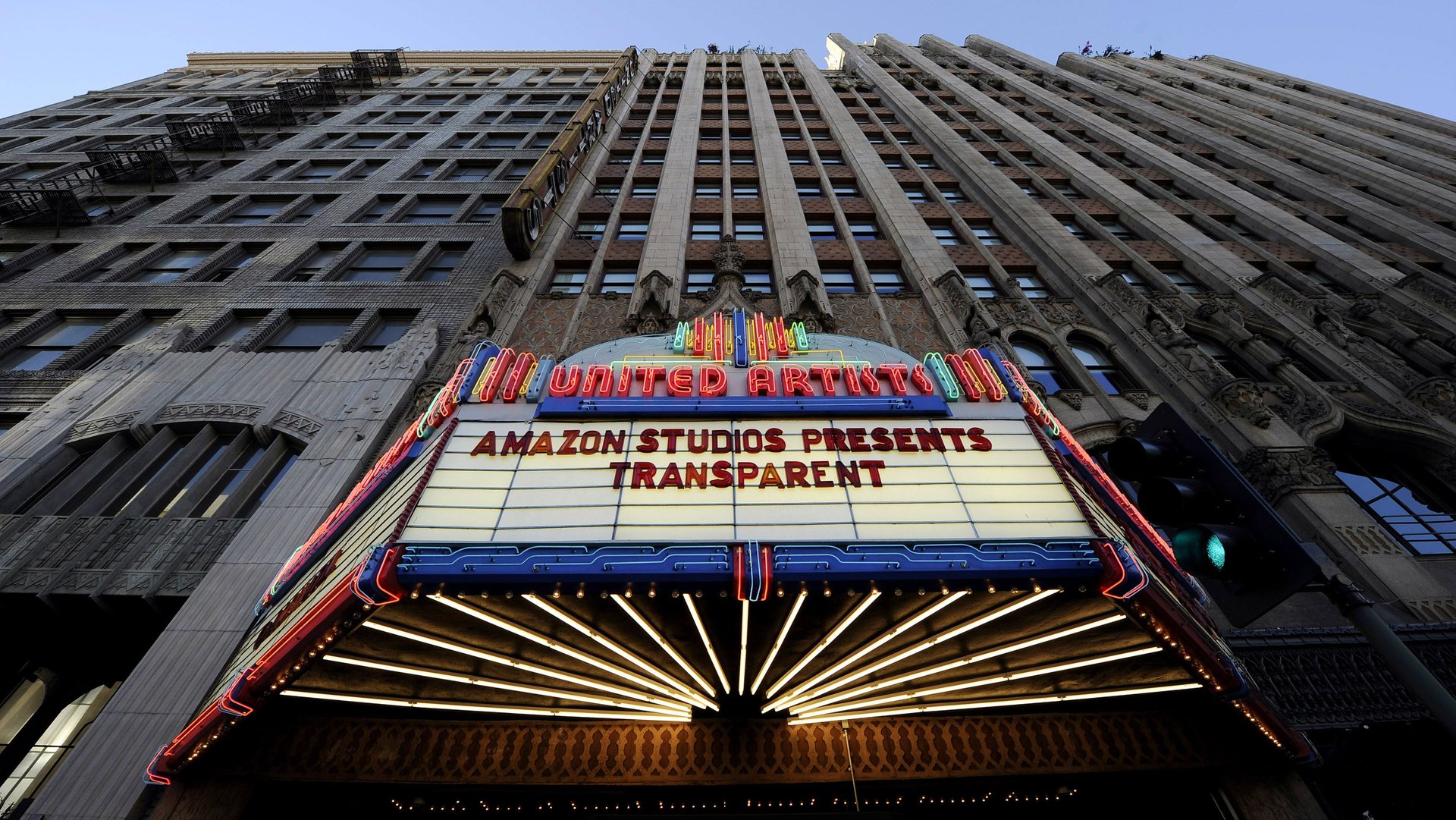The secret to Amazon’s success in streaming TV
Amazon is on a roll in streaming video.


Amazon is on a roll in streaming video.
It has been in the original-content game for less than two years, but has already achieved critical acclaim for one of its shows: Transparent, which won a Golden Globe this month.
It has struck a deal—risky, but credibility-building—for an original TV series with Woody Allen. It’s also entering the film business, with plans to produce feature length movies that will available on its streaming platform within four weeks of being released in theaters, compared to the typical wait of up to one year.
But wait a second. Amazon doesn’t always succeed when it ventures into new business lines. It’s streaming-music platform, for example, is underwhelming and incomplete. And it’s foray into smartphones is widely considered an expensive flop.
So what is it about video that is allowing Amazon to do so well? One factor might be the company’s unique approach to commissioning original content. Like Netflix, it rigorously analyzes data on user behavior to help decide which shows to green-light. But unlike Netflix, it is happy to put pilots up for user consideration (last week 13 new ones debuted) before deciding whether to proceed. “The site feedback is definitely very important to the decision, and frames the conversation around which shows to pick up,” Amazon’s studio boss Roy Price told Jason Lynch for Quartz last August.
In contrast, Netflix employs a straight-to-series model, which has helped it curry favor with creative talent in Hollywood, and also means it doesn’t sink money into pilots that never see the light of day. (To be fair, this is what Amazon is doing with Woody Allen, although that seems to be a one-off).
Amazon’s try-and-test approach fits more naturally with the company’s corporate philosophy, and something that for logistical reasons is impossible, for instance, with smartphones. “Jeff [Bezos, Amazon’s CEO] is a relentless experimenter,” a person familiar with Amazon’s video plans tells Quartz. “He likes the model because he can test and test to see what works.”
“People were very skeptical. Most people in Hollywood were saying, ‘Netflix is giving me two seasons, why should I work with you?’ But the model is working and they are attracting good people.”
The e-commerce colossus still has a way to go to catch Netflix in streaming TV. According to a recent survey by brokerage Cowen & Company, Netflix gets a much more favorable rating from users than Prime Instant Video. And subscribers spend 7.7 hours per week on Netflix, compared to 3.5 hours for Prime.
But Amazon probably doesn’t even need to catch Netflix in streaming video to succeed. Its video ambitions are more about locking people into its Prime ecosystem (or dissuading Prime subscribers from leaving). Remember, video is basically a free add-on to the home delivery service, which costs $99 a year.
Prime subscribers spend almost twice as much as non-subscribers do. Amazon is trying to build an army of tremendously loyal, high-spending customers that it hopes will help it dominate e-commerce (and retail more broadly) for years to come.